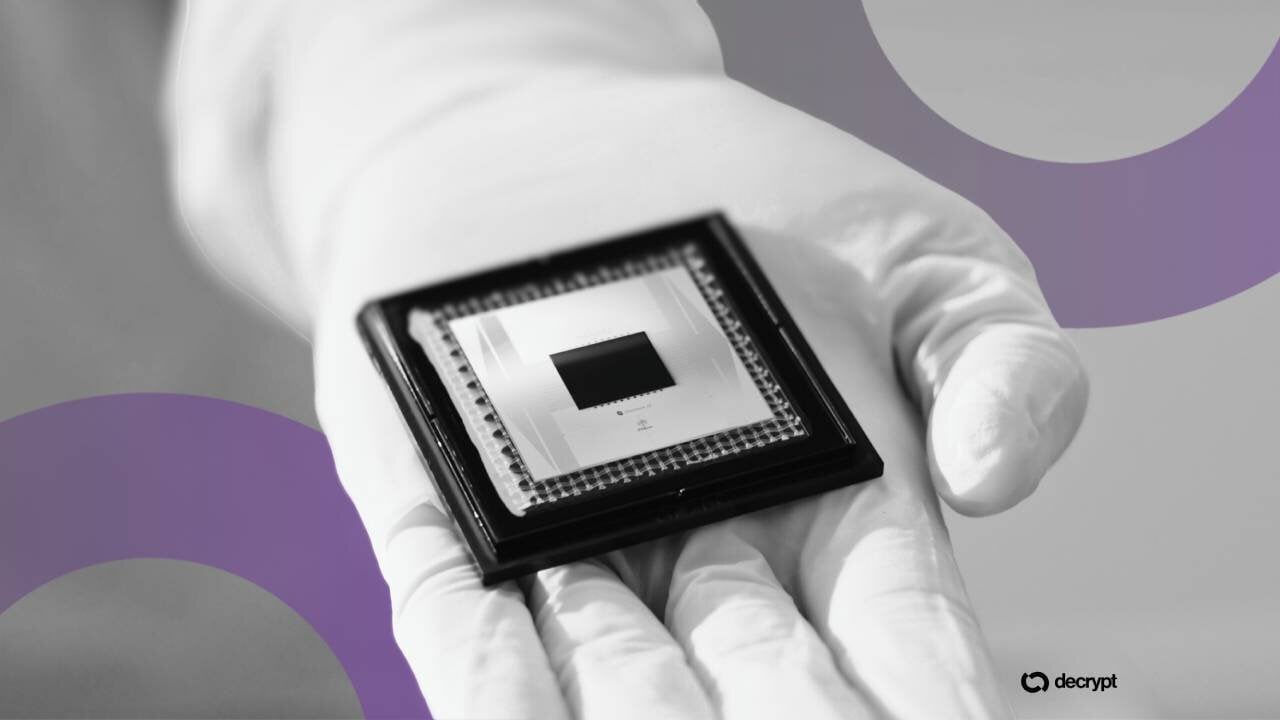Why Is Pi Network Token (PI) Up 22% on Oct. 29?
While the broader crypto market traded in red on Oct. 29, Pi Network’s native token (PI) is up nearly 22%. This makes it one of the day’s top trending crypto coins. As of writing, PI is trading at around $0.2851, adding over $350 million to its market cap within 24 hours.
The sudden rise appears to be driven by renewed community excitement and speculation over Pi Network’s long-awaited open mainnet launch. Social media platforms have been buzzing with claims that the blockchain has transitioned from testnet to live mainnet.
However, several community developers and independent ecosystem trackers have debunked these rumors, confirming that the network is still operating on Testnet v19. Screenshots from the official Pi block explorer showed no sign of an upgrade to v23.
Despite the misinformation, sentiment within the Pi community remains upbeat. The team recently announced progress in its KYC verification rollout. The move is expected to allow millions of users to verify their identities and fully participate once the mainnet goes live.
About Pi Network v23 Upgrade
The upcoming Pi Network Testnet2 v23 upgrade represents a major step toward building a Stellar SCP-compatible blockchain infrastructure. It will feature smart contract (Soroban) and DeFi integration, both essential for Pi’s next phase of evolution.
Once implemented, all network nodes will transition to protocol v23, enabling developers and users to access advanced Web3 tools, deploy smart contracts, and participate in decentralized applications.
The new version will also introduce governance improvements, updated monitoring tools, and expanded APIs.
Investor Interest Rises
According to CoinMarketCap, Pi Network’s trading volume has surged by nearly 128% in the past 24 hours, reaching $112 million. The token has also posted a 38% weekly gain, which suggests strong investor enthusiasm ahead of the v23 rollout.
However, despite recent momentum, PI remains around 90% below its all-time high of $2.98, recorded in February. Even so, analysts suggest that the network’s continued technical progress and active community engagement would help boost Pi’s long-term potential.
nextThe post Why Is Pi Network Token (PI) Up 22% on Oct. 29? appeared first on Coinspeaker.
You May Also Like

Ethereum Set to Debut ‘Key to Layer-2 Scaling’ as Fusaka Upgrade Clears Final Test

IBM’s Quantum ‘Cat’ Roars: 120-Qubit Breakthrough Pushes Bitcoin’s Encryption Risk Closer
